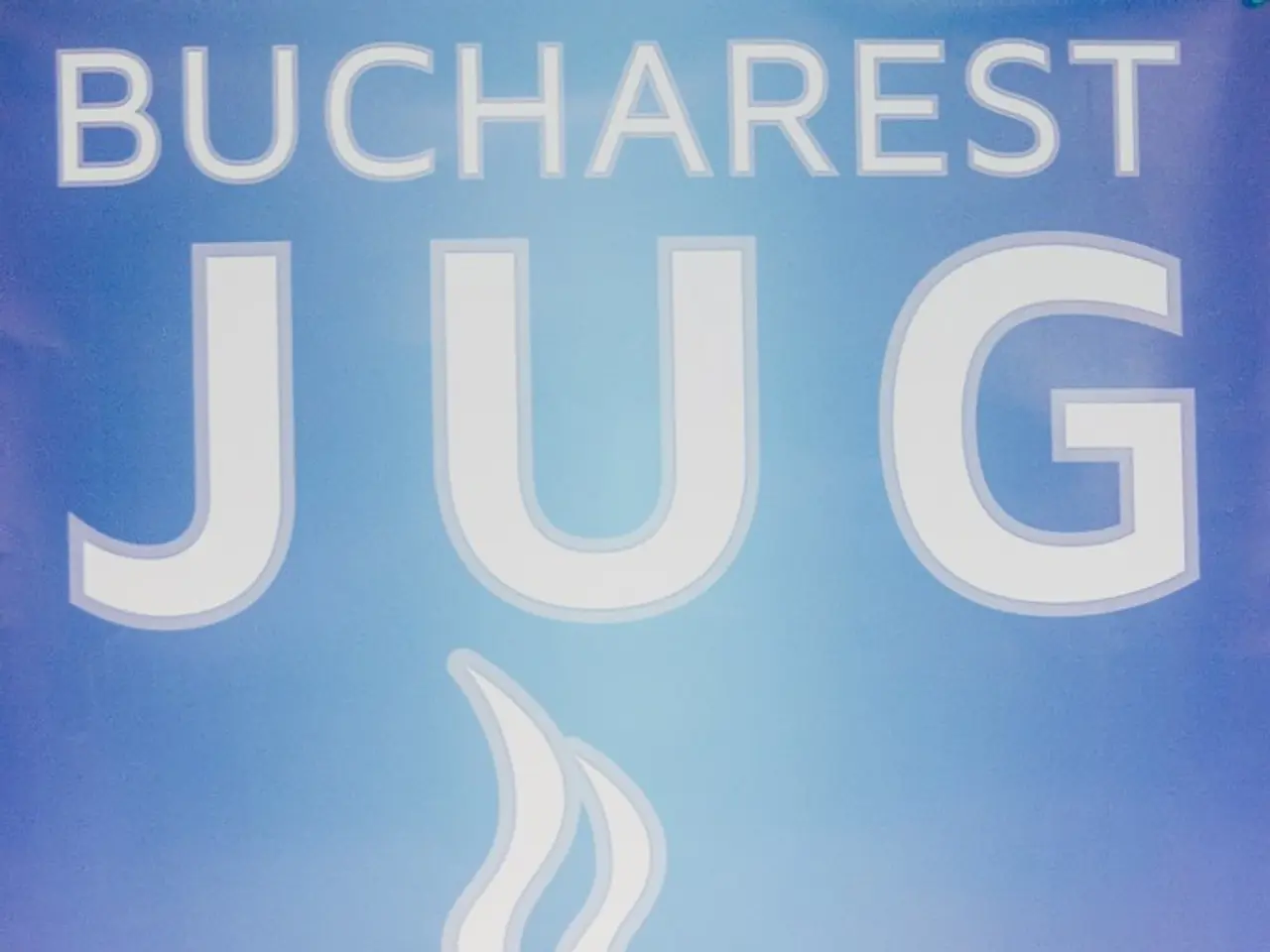Company Culture in Unethical Businesses
In today's fast-paced business world, the drive for growth and revenue often takes centre stage. However, a singular focus on these aspects can make organizations vulnerable to corruption, as leaders who prioritize growth may justify questionable means to achieve their ends.
Across the globe, governments in countries such as India, Brazil, the UK, Canada, China, and others have enacted national anti-corruption laws to combat bribery by companies. Yet, the archetypal corrupt team often thrives in a location distant from headquarters, achieving unreasonably challenging sales targets and maintaining a reputation of success and high performance.
The inner workings of these teams are shrouded in secrecy, with individuals fiercely loyal to each other and driven by a sense of necessity, insecurity, competition, and short time horizons. Information, synonymous with power, is tightly held, making it difficult for outsiders to gain insight into their operations.
Compliance officers have reported operational issues with the implementation of anti-corruption programs. Low transparency, defensiveness, and a lack of pride in the organization are common traits in teams vulnerable to corruption.
The OECD has revealed that the majority of bribes uncovered abroad were paid in highly developed countries, not just developing ones, challenging the common perception that corruption is a problem exclusive to less-industrialized nations.
High pressure and high rewards, often in the form of sales targets, can lead to ethical compromises and corruption. A lucrative consulting industry has emerged, dominated by investigation companies and accounting and law firms, to help organisations navigate these complex issues.
Shifting the focus towards the cultural dimension can help identify corruption problems that evade attention. This can aid in targeting investigative and compliance interventions at the points of highest risk. Urgency and necessity are often used to justify ethical compromises and corruption, underscoring the importance of a robust culture that values transparency and ethical behaviour.
Incentive and reward systems, often out of the remit of compliance, are a significant factor in corruption. Companies are slow to alter problematic incentive structures despite knowledge of their effects. Leadership is the most critical factor in determining whether an organizational culture is vulnerable to corruption, with senior management or Chief Executive Officers involved in more than 50% of global anti-corruption cases.
Leaders who are selectively blind, for plausible deniability, create an environment in which corruption is quite likely to happen. Complex organizational systems need to emphasize individual accountability to reduce the risk of corruption.
A "culture of compliance" is an empty vessel that describes an absence of corruption rather than a set of characteristics. Its converse, a "culture of corruption," is equally hard to define. In-group language commonly includes euphemisms for misconduct and metaphors of war and sport.
Excessive local autonomy can lead to corrupt subcultures. High-performing teams or individuals can create a mystique that limits oversight, making it easier for corruption to occur. Understanding a company's vulnerability to corruption requires an understanding of its culture: how power operates within, what the organization's effective priorities are, and how incentives shape employee behavior.
Regulators offer detailed guidance about best practices for anti-corruption compliance programs. However, a "tick-the-box" approach to compliance is inadequate, as many companies currently under investigation have expensive, state-of-the-art compliance programs.
In recent years, firms with particularly high corruption prevalence often involve managers exploiting conflicts of interest. These cases frequently arise due to insufficient transparency and inadequate compliance measures regarding external business interests, supplier relationships, and financial conflicts.
Corruption varies dramatically in form and is, by definition, covert and hidden. No compliance program can check all its possible manifestations. The use of euphemisms to describe corruption and bribery is common, serving to diminish the impact and sense of wrongdoing. The concept of organizational culture - generally defined as "the way we do things around here" - is complex and multi-layered, defined by dynamic human behavior, not rigid paper processes.
In conclusion, the fight against corruption requires a holistic approach that goes beyond compliance programs and paper processes. It necessitates a deep understanding of an organization's culture, leadership, and incentive structures to effectively combat this pervasive issue.




